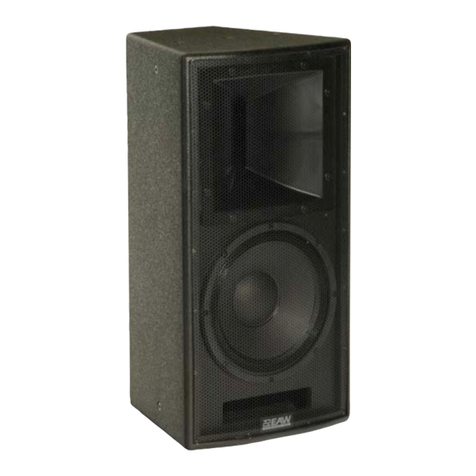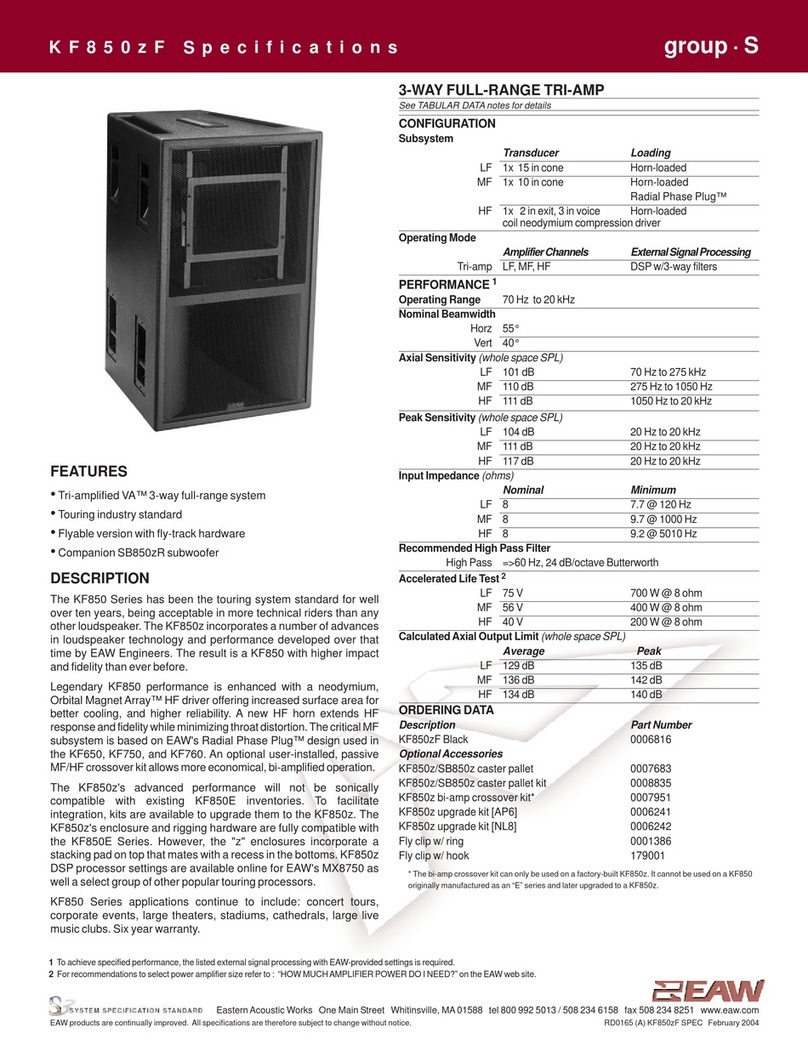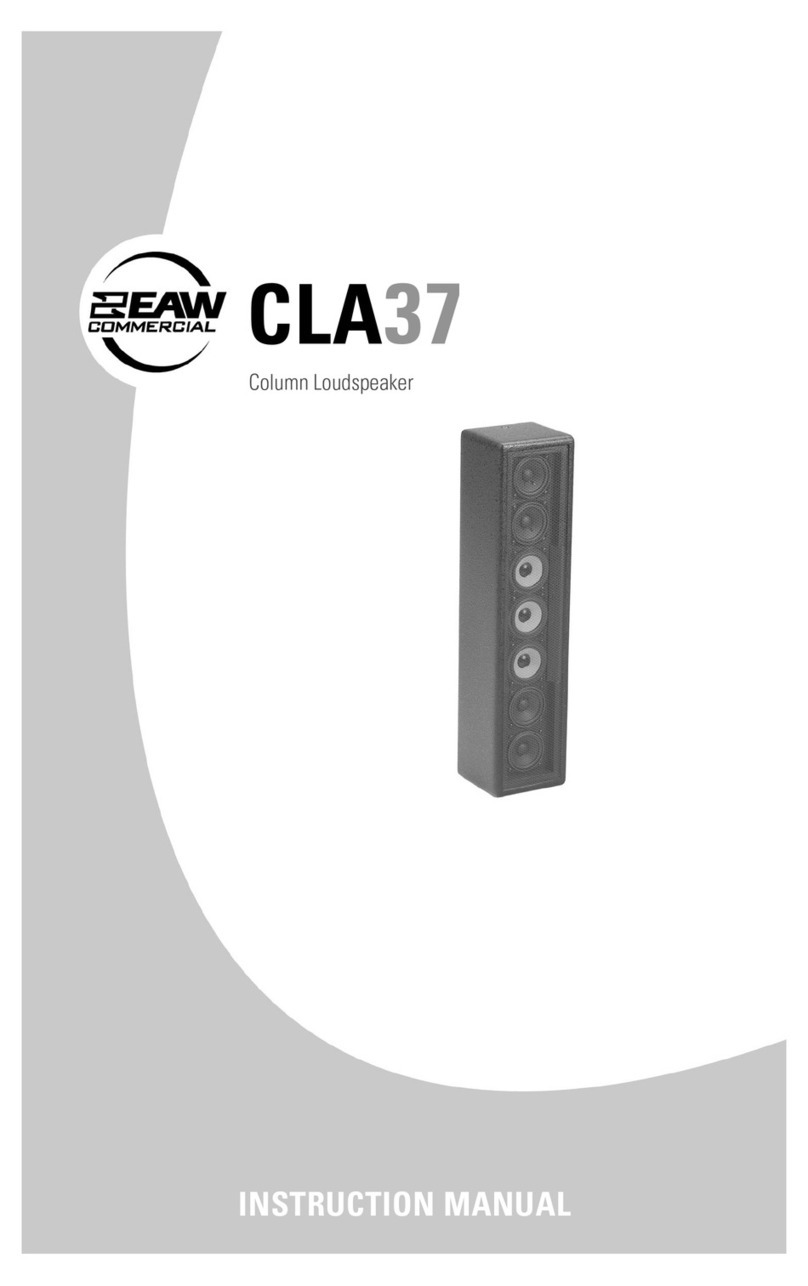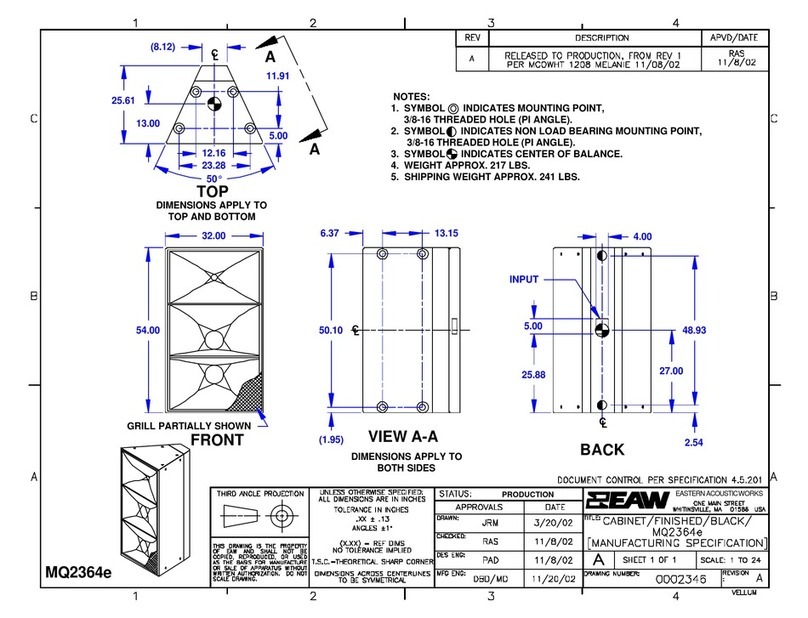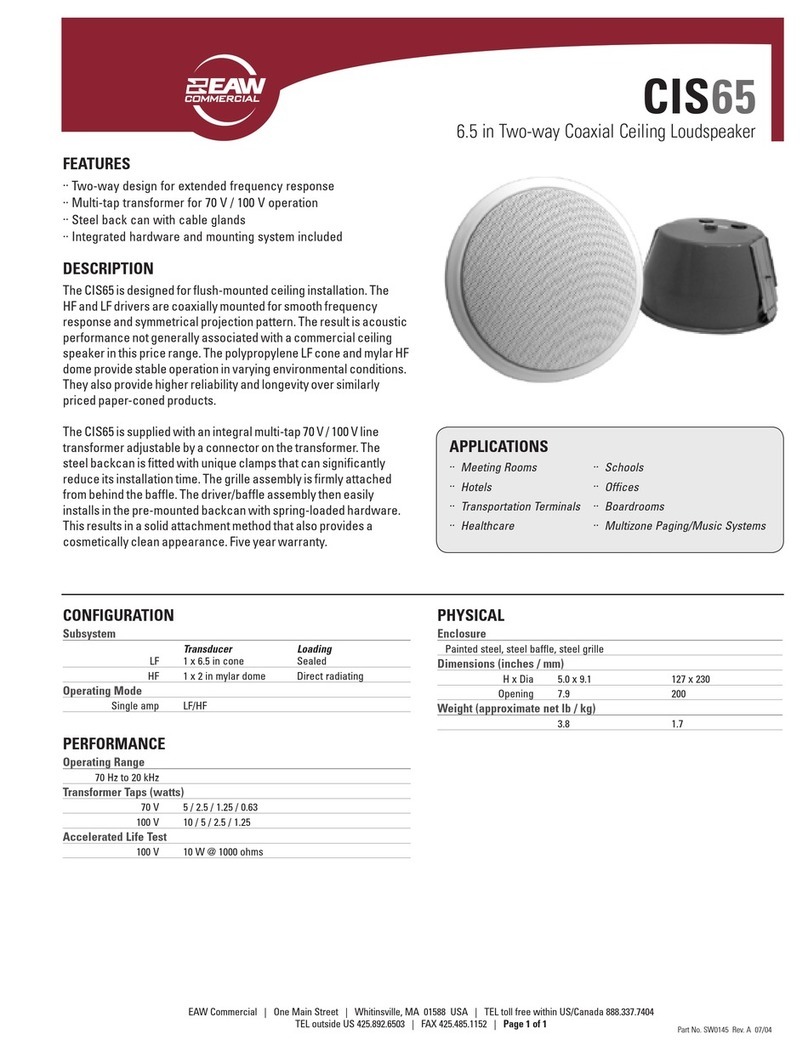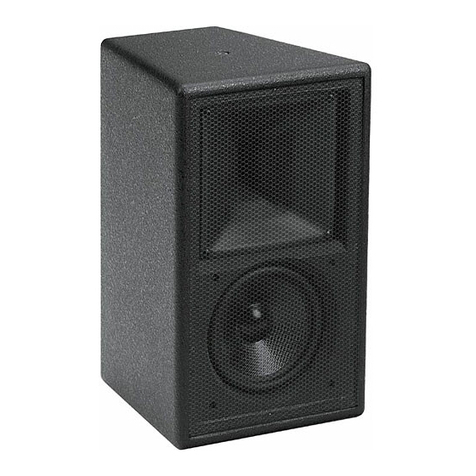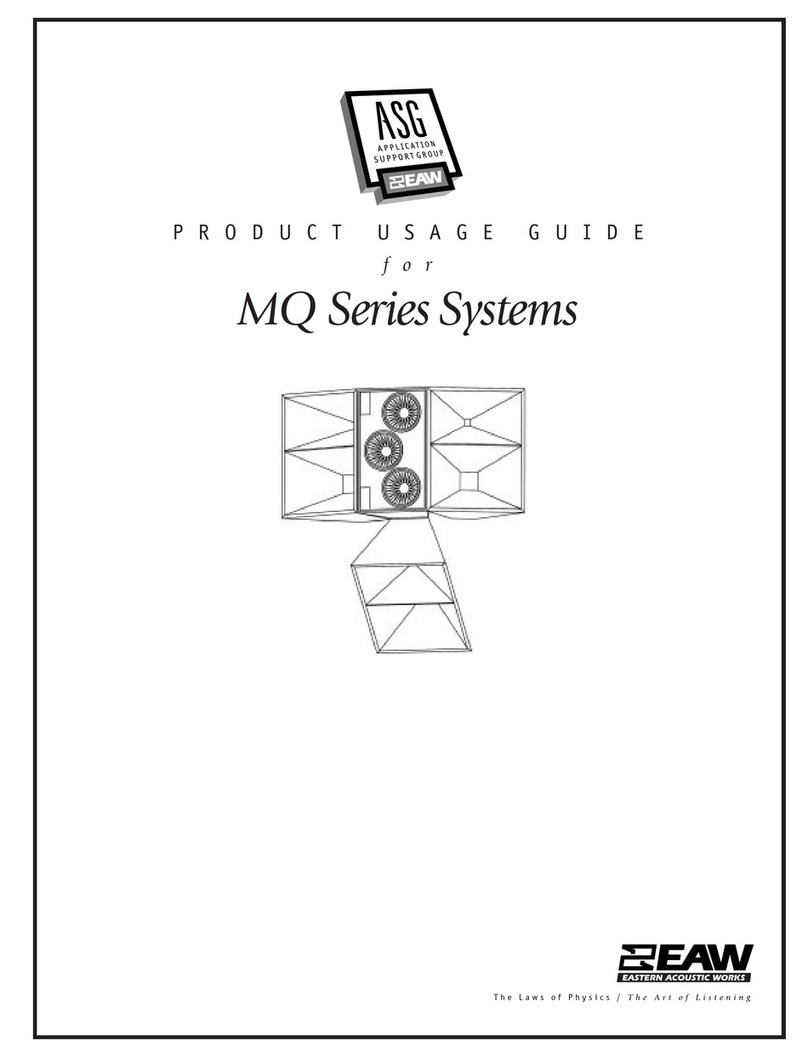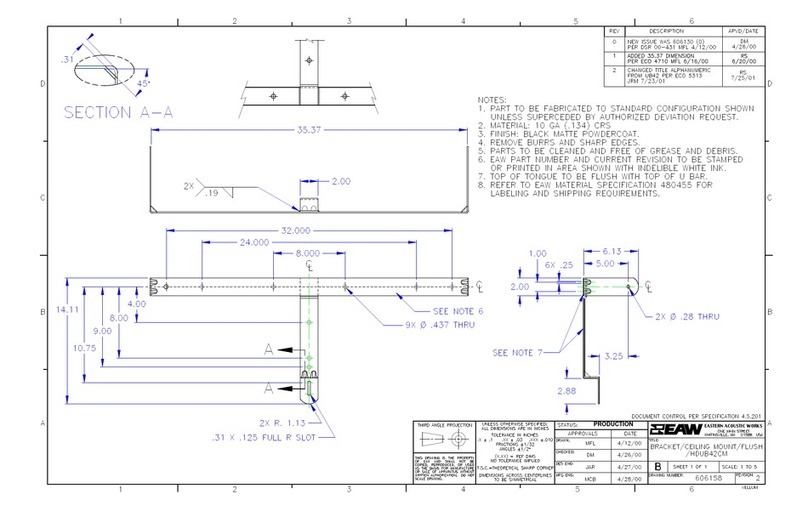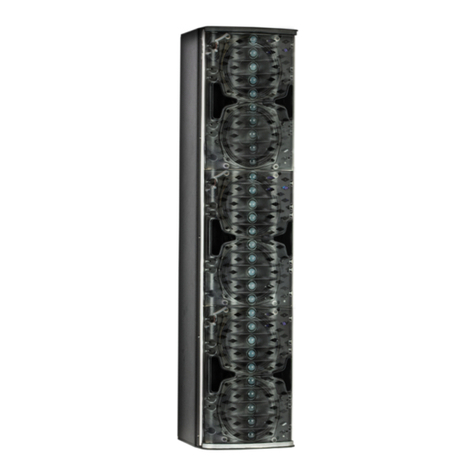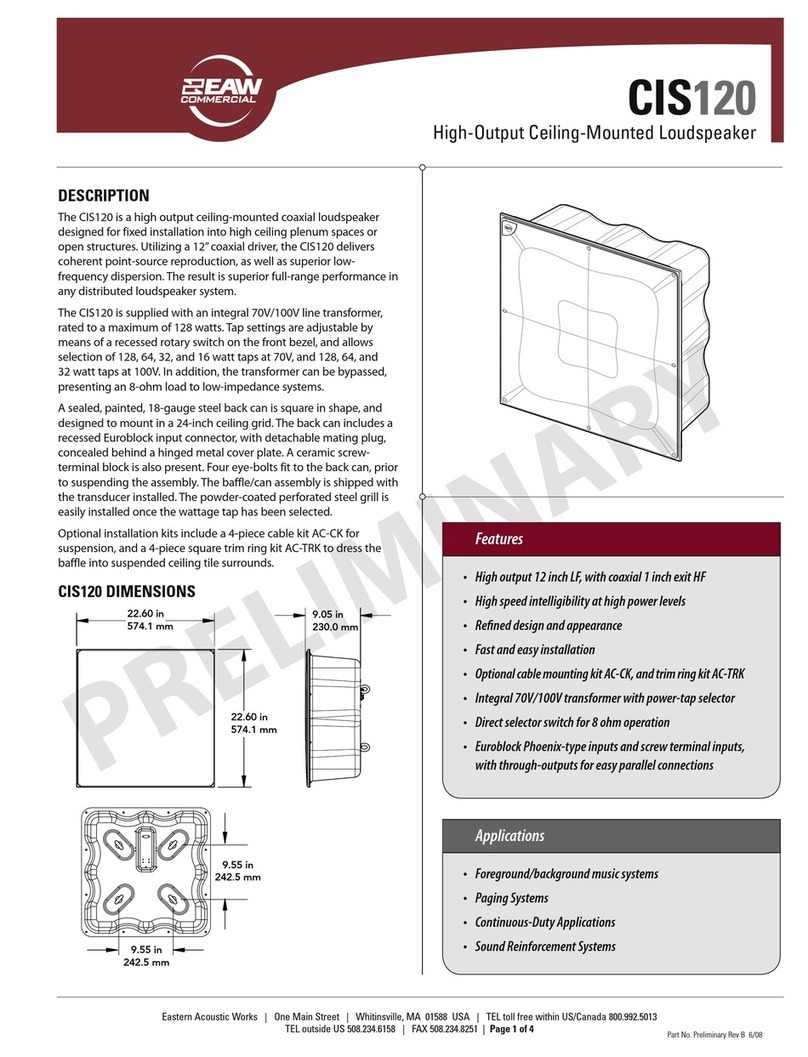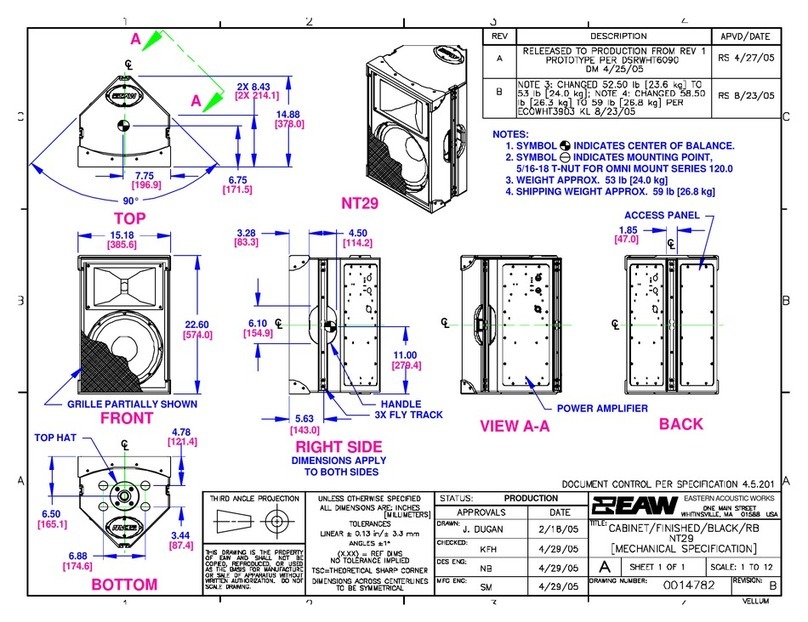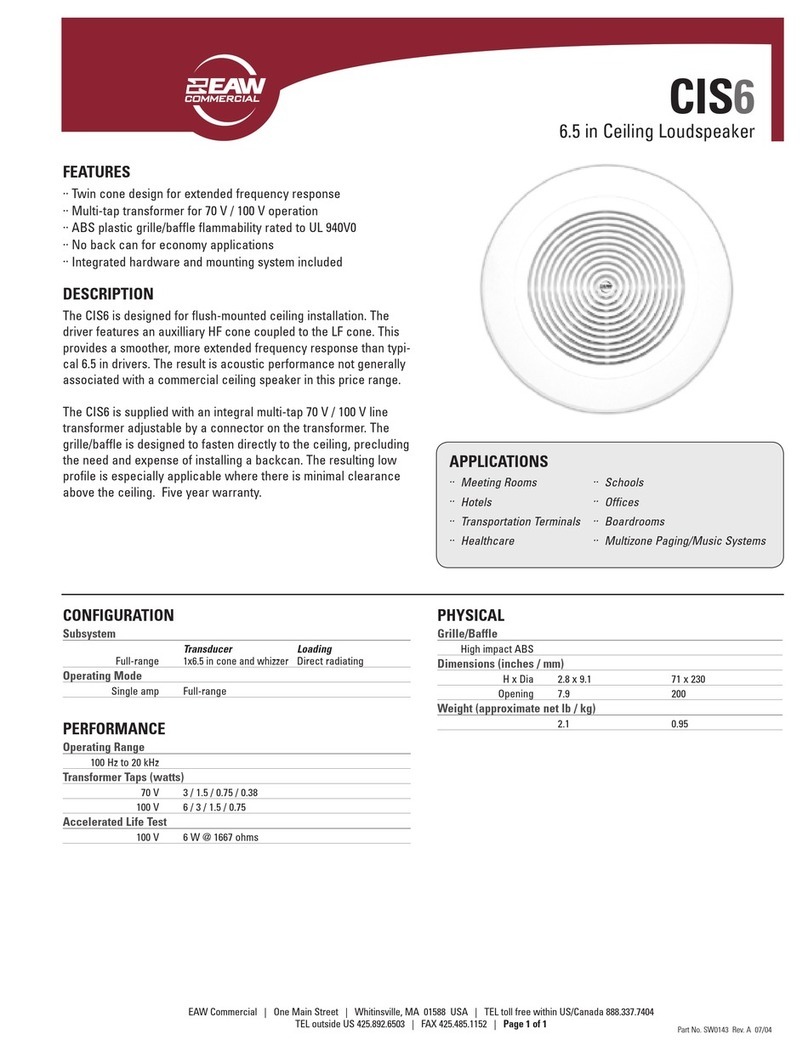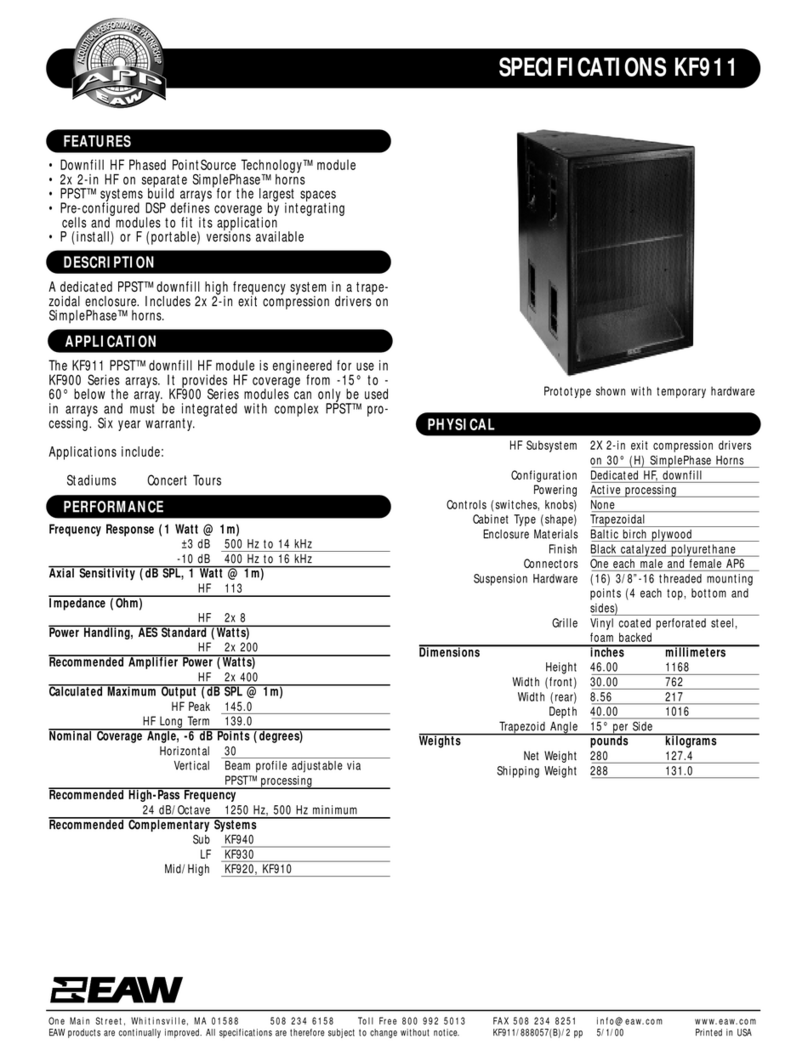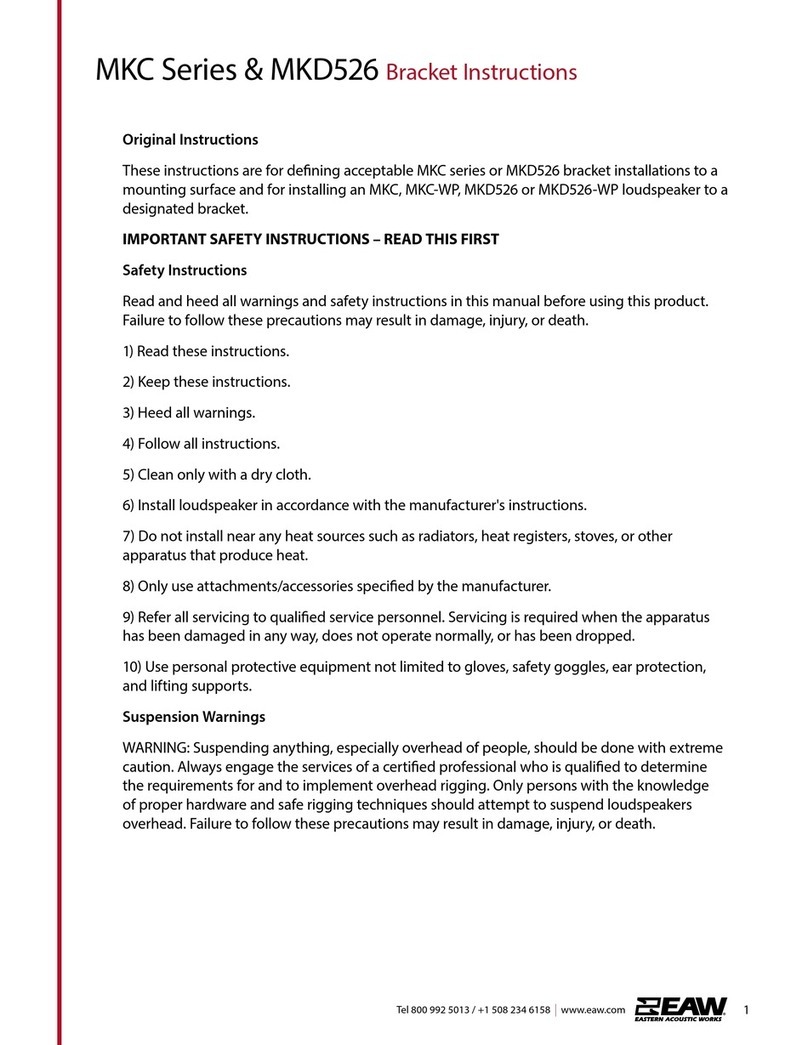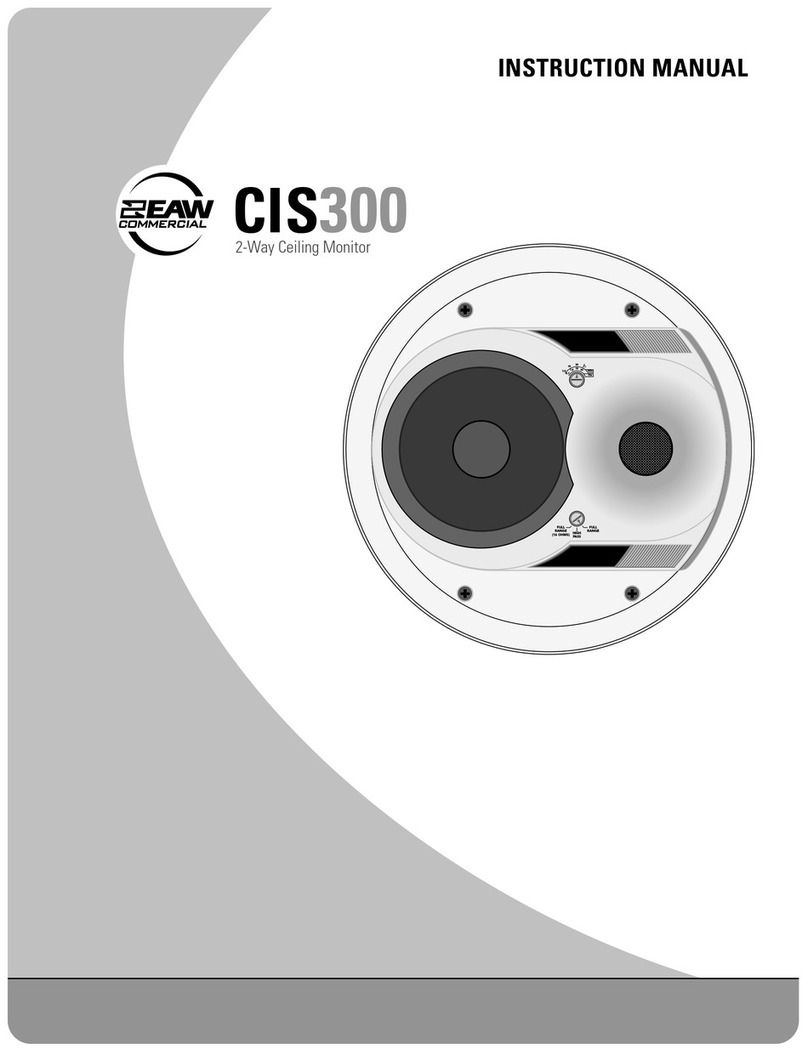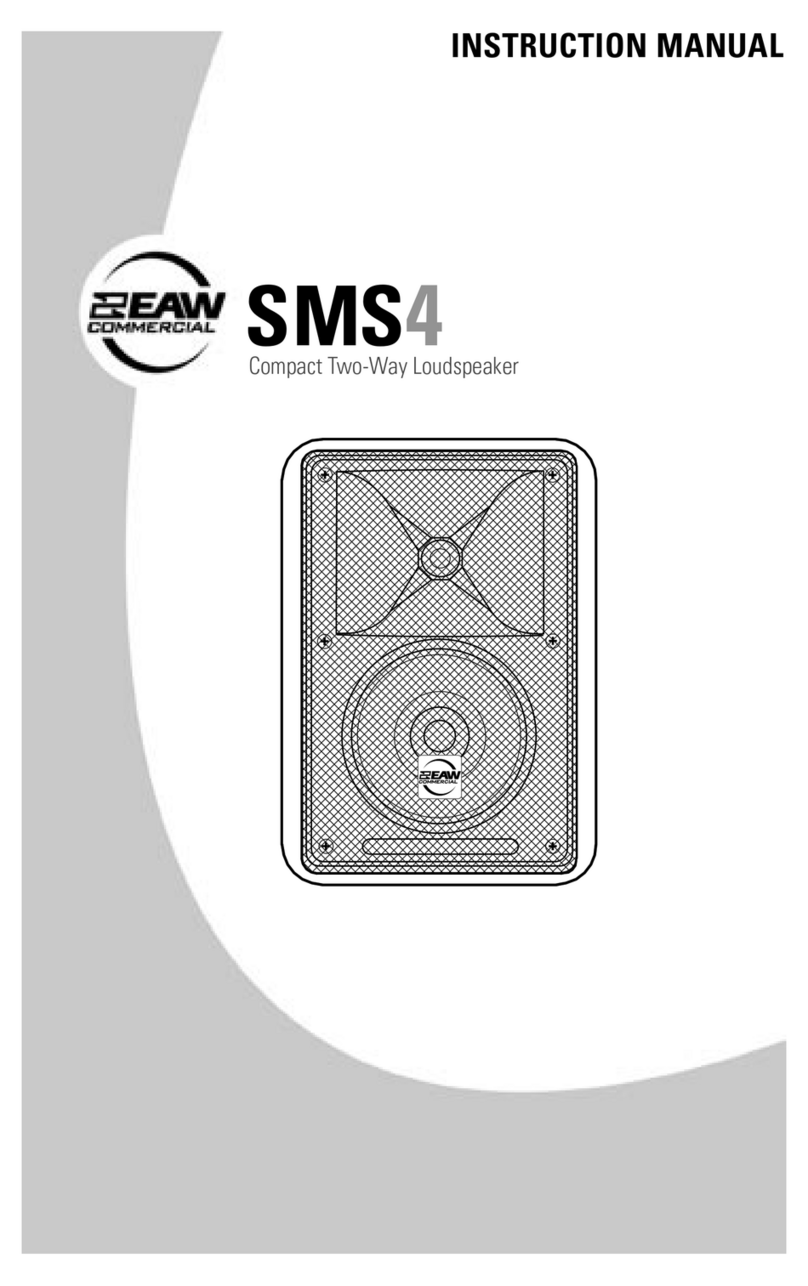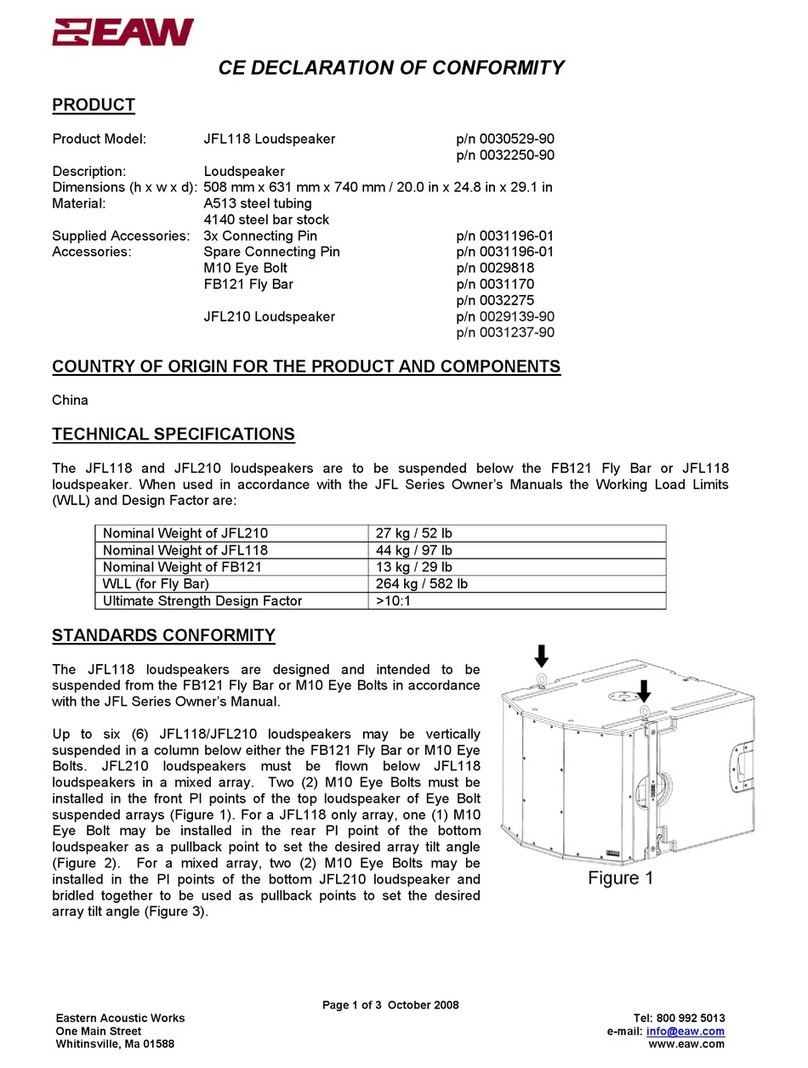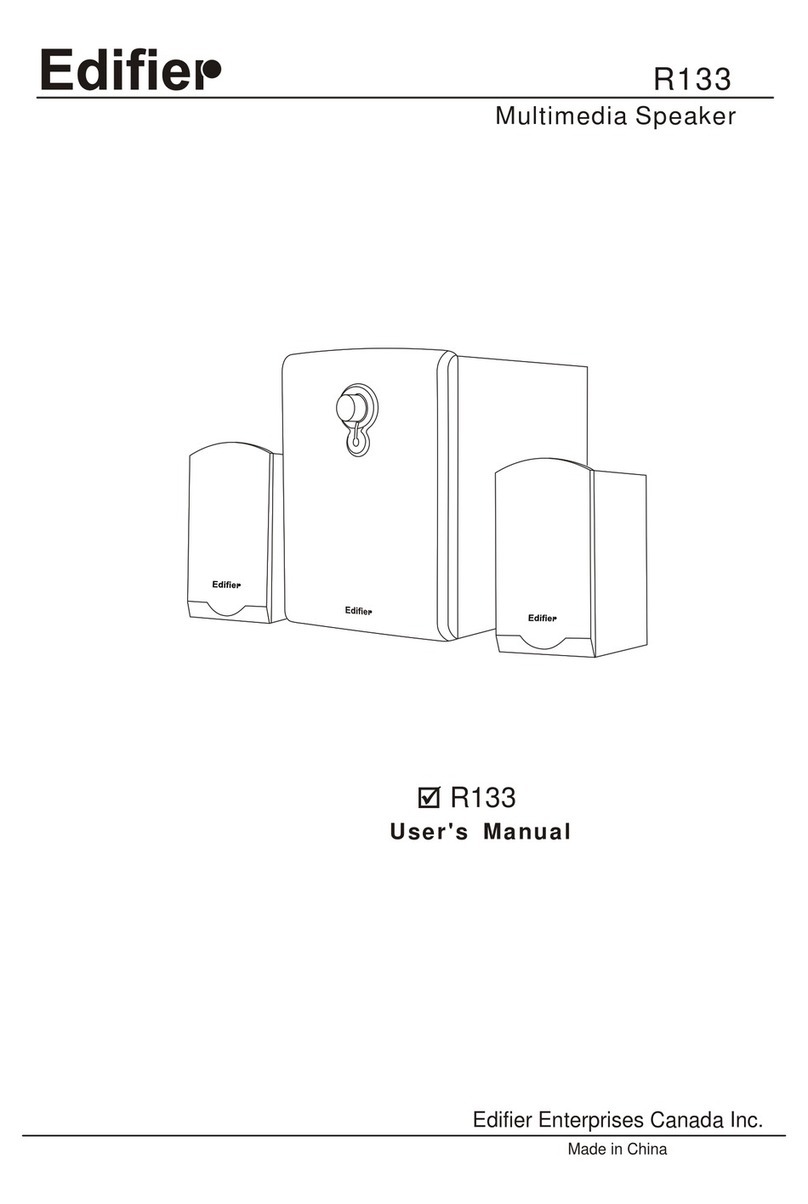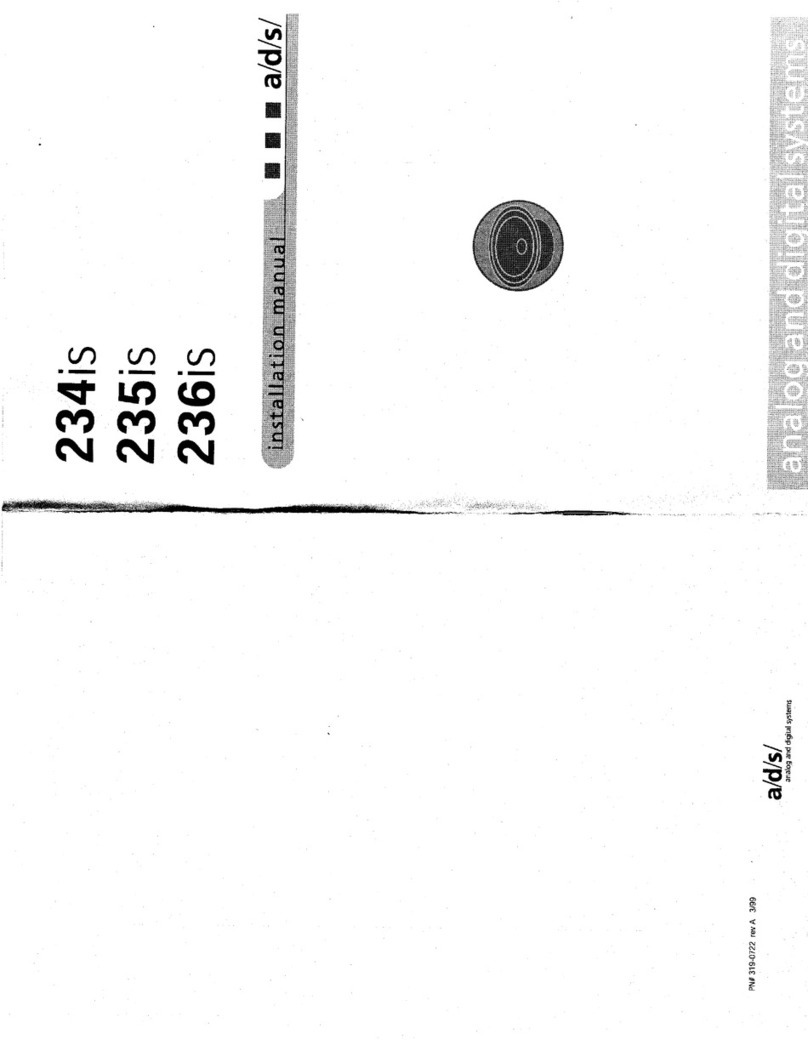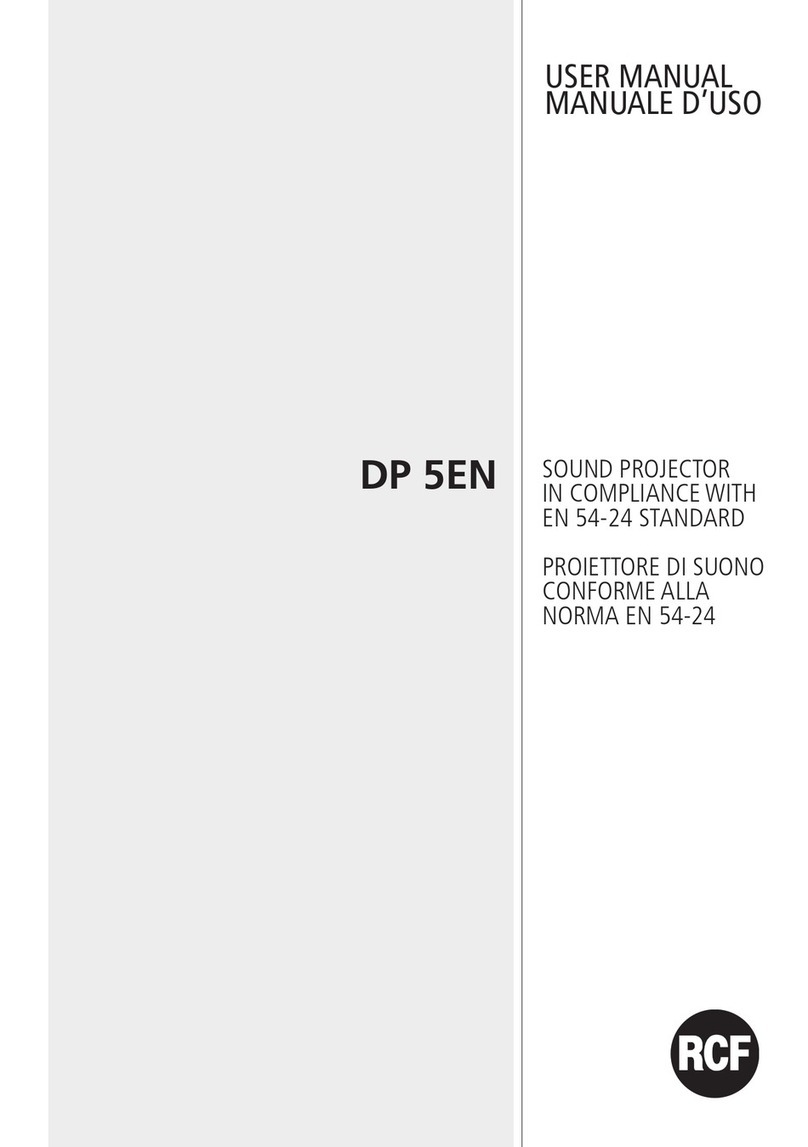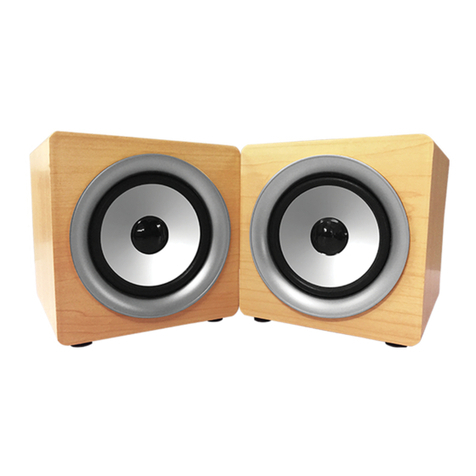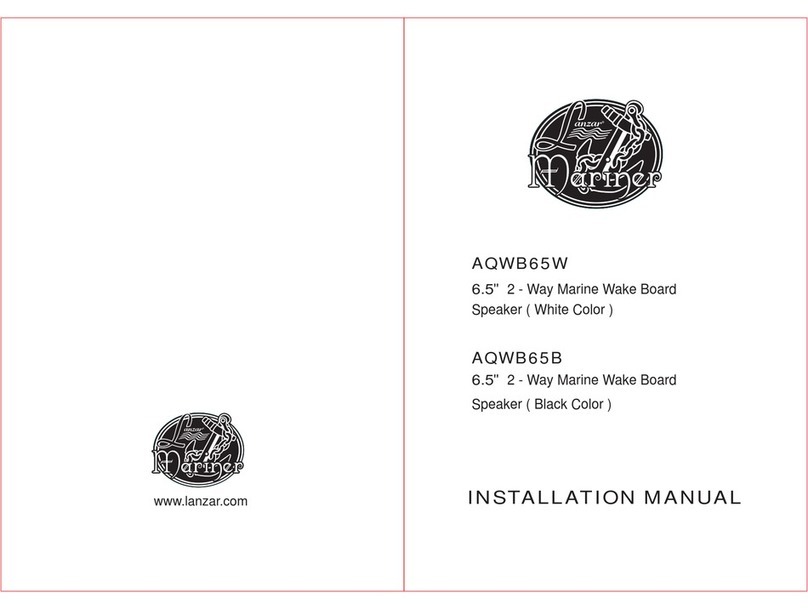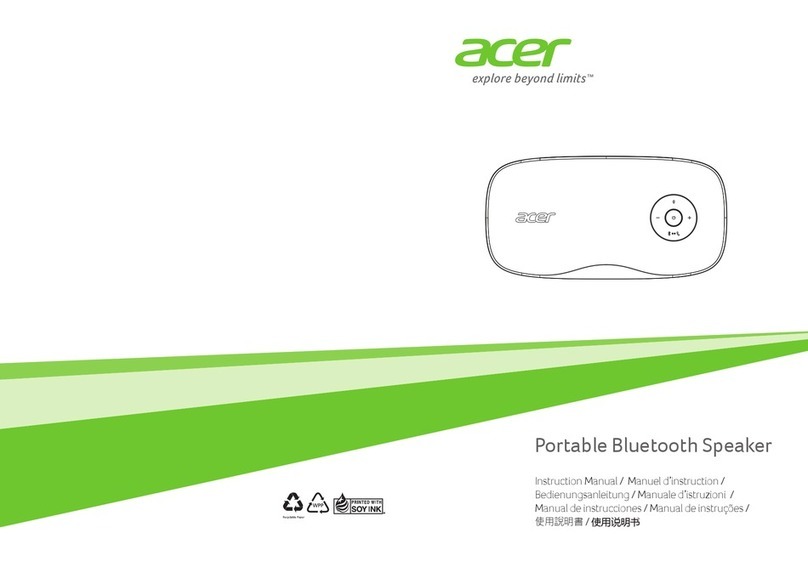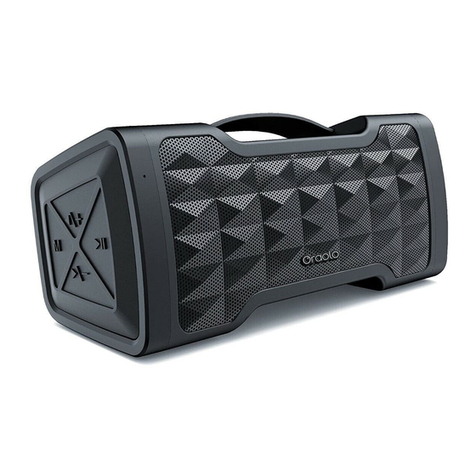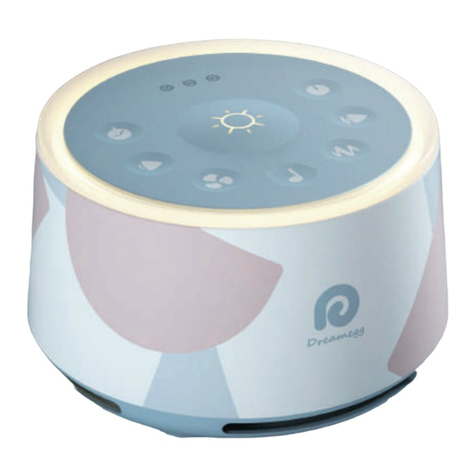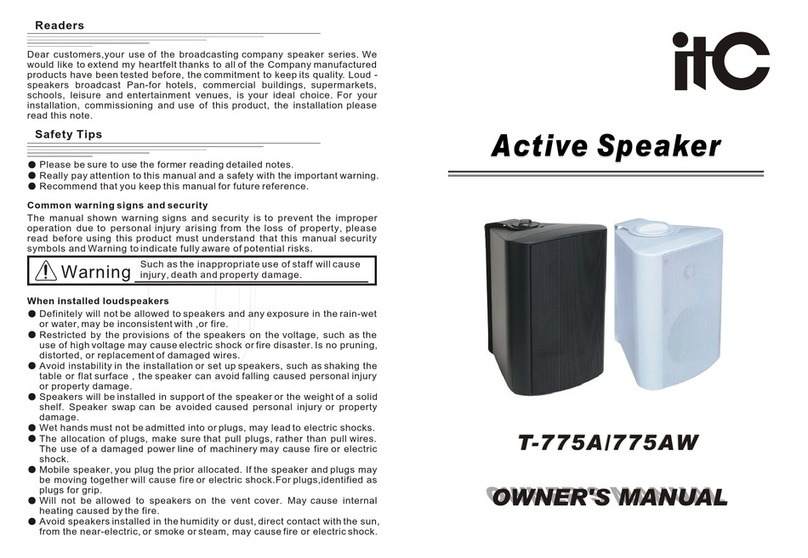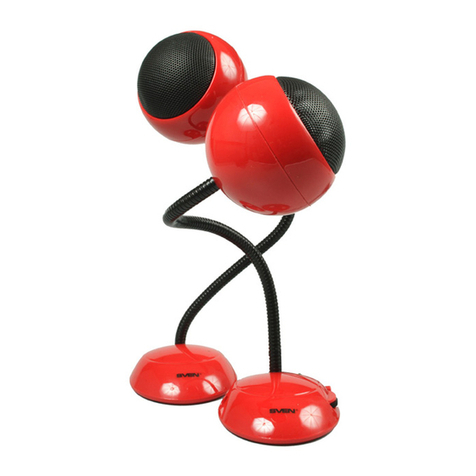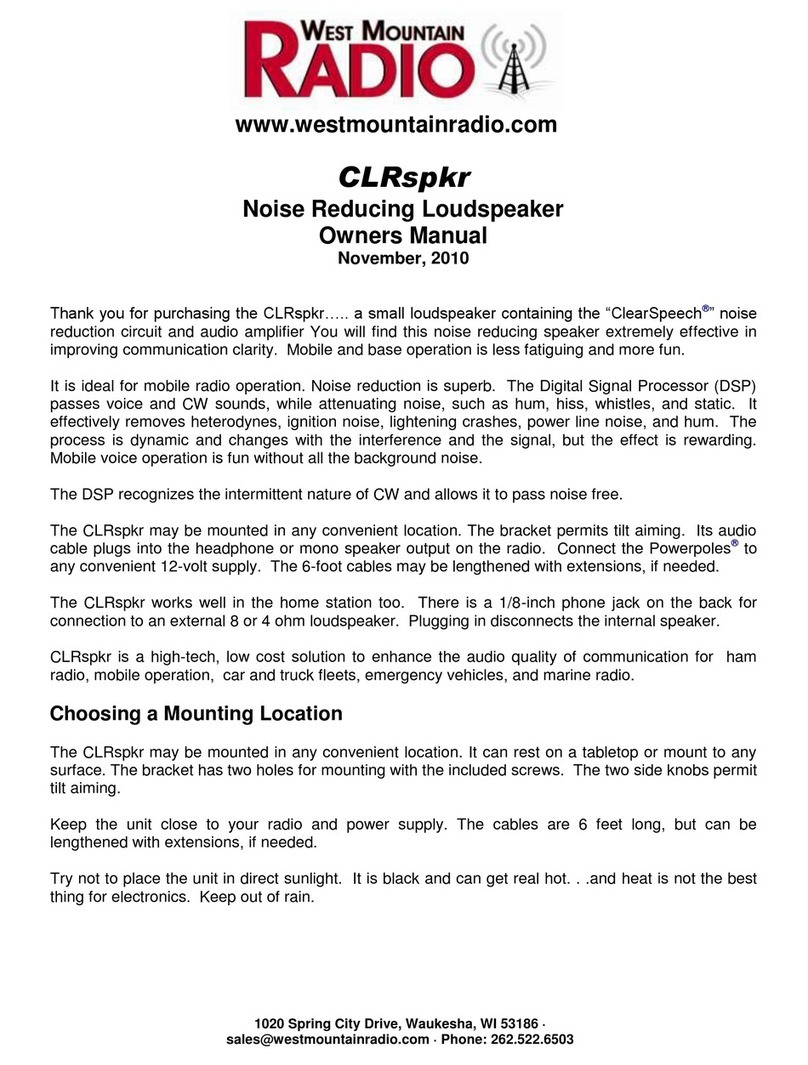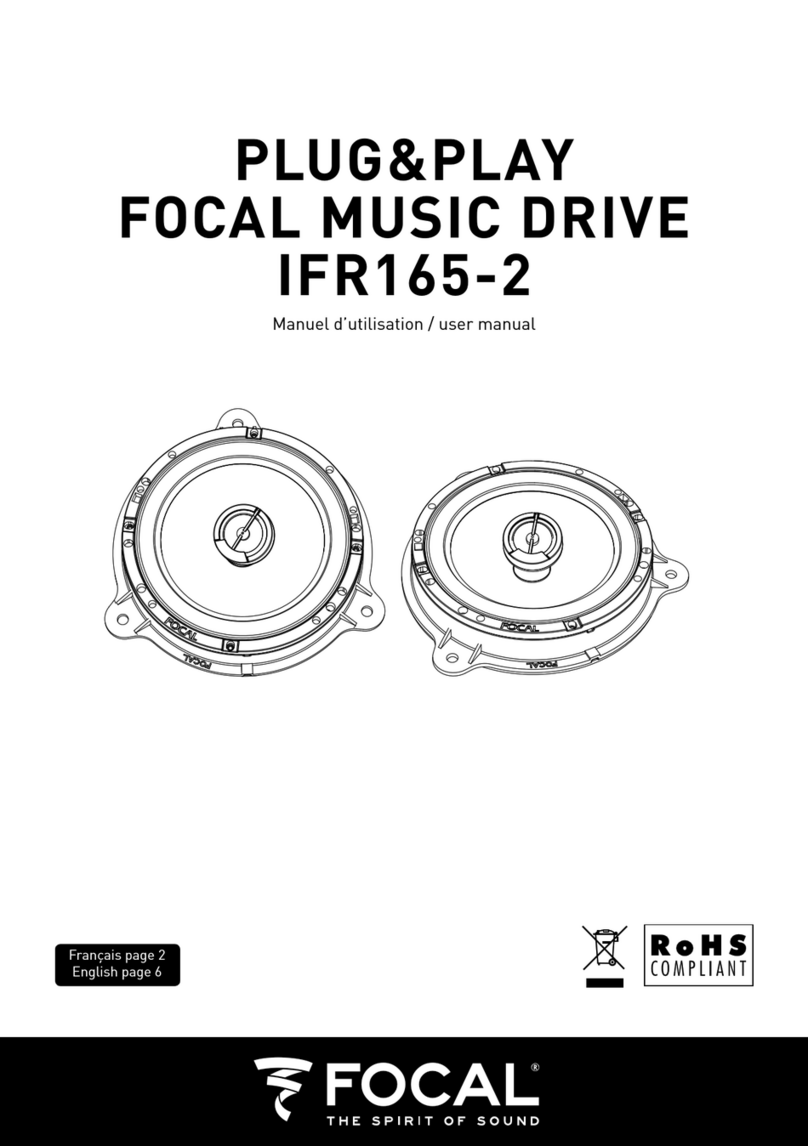EAW DSA250 User manual

The trend toward contemporary
worship has had a mighty
impact on the church sound
market. The desire for more dynamic
presentation continues to drive the
use of increasingly sophisticated
sound reinforcement technology and
systems.
Haven Christian Reformed Church,
located in Zeeland, Michigan, high-
lights these trends, evidenced by a
recent audio upgrade in its worship
sanctuary. “Our primary focus had
been traditional worship, but there
was movement to a morecontempo-
rary style. Thus we felt it was time to
upgrade to a sound system that could
handle a broader range of program-
ming,” explains Cal Timmer, chairman
of Haven’s technical services.
Built in the 1960s, the sanctuary
was modern for its era, with a “barn”
architecturethat was atypical at the
time. Arching wooden ceilings and
beams top a classic shoebox-shaped
space that seats approximately 600. A
balcony stretches across the rear of
the room, backed by a choir loft and
large stained glass window.
In the late ‘80s, an audio system
upgrade also resulted in the move of
the house mix position to the front of
the balcony. That system stayed in
place for nearly 15 years until the
decision for a new audio direction
was hatched.
“The most pressing need for the
new system was increased coverage
and intelligibility. Attaining adequate
gain before feedback had also pre-
sented a challenge through the years,”
notes Gary Zandstra, who headed up
the system project for Michigan-based
design/install firm Parkway Electric &
Communications. “And with the
increasing use of electronic-based
musical performance, another goal
was to present sound more ‘hi-fi’ and
enveloping in nature.”
Rather than rushing into a new direc-
tion, Parkway partnered with the Haven
technical team on a time-intensive eval-
uation process where a wide range of
options – loudspeakers in particular –
werestudied and in some cases,
brought in for live demo purposes.
Out of this process came a focus on
Eastern Acoustic Works (EAW) Digitally
Steerable Array (DSA) Series of loud-
speakers to provide primary coverage
of the sanctuary, backed by compact
loudspeakers (on delay) to serve shad-
56
Live Sound International January 2005
Contemporary Trend
Modern audio at Haven Christian Church
By Linda Seid Frembes
Avoluminous sanctuary served largely by two low-profile (but full-range) loud-
speakers. GaryZandstra (left) with Matt Lucas (center) and Cal Timmer of the Haven
Christian sound team, discussing "tweaks" on the new system.

58
Live Sound International January 2005
owed seating areas under the balcony.
The DSA concept, the brainchild of
EAW’s Dave Gunness, is fairly simple to
explain and implement, but that sim-
plicity belies a lot of sophisticated
design work. (For more about the DSA
Series, see “Designer Notebook” in the
October 2003 issue of Live Sound.)
The powered DSA enclosures, sim-
ilar in look and shape to classic “col-
umn loudspeakers,” incorporate elab-
orate digital signal processing (DSP)
that allows their output to be tightly
focused on the audience, and kept off
of surrounding surfaces. This cuts
reverberation, resulting in cleaner, less
cluttered and more direct sound – a
particular challenge in more reverber-
ant worship spaces.
OFFSET “LINES”
Specifically, the model DSA250 loud-
speakers used on this project include
eight 4-inch cone drivers in an offset
“line” configuration that minimizes
the height of the enclosure. The high-
frequency section is made up of eight
1-inch soft-dome tweeters integrated
with a shallow multi-cell horn
designed to keep the acoustic centers
as close as possible. Both component
configurations are designed to opti-
mize the onboard DSP control.
Zandstra was already familiar with
the DSA concept. He had implement-
ed it’s “grandfather” technology –
found in the large-format KF900 Series
loudspeakers – as the basis for a high-
output system at Spartan Stadium, an
80,000-seat open-air stadium at
Michigan State University.
“Obviously these are vastly different
projects in terms of scale and objec-
tives,” Zandstra points out. “However,
the concept, in general, is scalable, par-
ticularly in this newer DSA iteration
used at Haven. Another aspect of this
design, and one that frequency comes
up with church systems, is to minimize
the aesthetic impact of the loudspeak-
ers. The thin profile of these boxes
played into that need.”
While the previous system had uti-
lized a mono central cluster design,
the sound team wanted to try a stereo
setup that would help “open up”
musical programming, giving it added
spatial imaging. For the demo,
Zandstra brought in Genie lifts and
flew single DSA250 boxes left and
right at the front platform. Following
the sound team evaluation, he invited
church leadership to sit in for a listen.
“Wewereconcerned about attain-
ing sufficient spoken word intelligibil-
ity with the left-right design, but the
demo proved that this could be
achieved,” Zandstra says. “The bonus
to their ears was the rather large audio
image the system put into the room.”
Once this direction was endorsed,
the Parkway install team, which also
includes electricians, got busy running
the additional cabling and AC power
“drops” needed for the new system.
Church staff also proved helpful with
handling some of these system infra-
structure issues, including setting up
additional patch panels and patch
“pockets” on stage.
Following removal of the existing
center cluster, the new loudspeakers
were flown left and right about 20 feet
above the front platform via load-rated
aircraft cable attached to certified beam
structures above the ceiling. DSA Pilot
software, loaded on a PC at the house
mix position linked to the loudspeak-
ers via RS-485, provides optimized DSP
parameters, tailored by the user.
The DSA250 loudspeakers offer a
fixed 120-degree horizontal coverage
pattern and, with the DSP, the vertical
beamwidth can be established any-
wherefrom 15 degrees to 120 degrees.
Coverage is supplied side-to-side
across the room’s approximate 50-foot
width, with the output of the loud-
speakers divided at the center aisle.
In addition, coverage extends to
To the left, one of the underbalcony loudspeak-
ers serving shadowed regions, and above, a
rear view of one of the DSA250 mains.

January 2005 Live Sound International
59
the last row on the main floor to the
point where shadowing from the bal-
cony begins to occur. The DSP
allowed optimizing the focus of cov-
erage to the balcony level as well.
Prior to the installation, the loud-
speakers werepainted a brown hue that
blends well with the sanctuary’s color
scheme. As a result, they’re quite unob-
trusive to the aesthetic of the room.
Toadd a boost on the low-end, a
single Mackie SWA1501 (15-inch-
loaded) powered subwoofer was
installed on the floor, at the rear of
extreme stage left. “We tailored the out-
put of the main loudspeakers to stop at
100 Hz, with the subwoofer then taking
things down lower, adding punch and
fullness when they want it,” Zandstra
says. (The subwoofer is fed source
material via an auxiliary bus on the new
Crest house console. More on this later.)
SMART AND SAVING
AQSC DSP30, located at the mix posi-
tion, provides processing and time/sig-
nal delay of the two EAW Commercial
SMS5 compact loudspeakers mounted
on the underside of the balcony. This
also provides a feed to four moreEAW
CIS400 ceiling loudspeakers distributed
in the church lobby.
Some smart, and budget-saving,
planning went into the stage monitor-
ing approach. Four Mackie SRM450
powered loudspeakers can be quickly
removed to serve double duty as a
portable system for Haven’s youth
room, as well as for other events out-
side of the main sanctuary.
With the purchase of a couple of
Ultimate Support loudspeaker stands,
aWhirlwind 24-8 cable snake com-
bined with a portable Mackie SR24-4
mixer, the church now has a very use-
ful portable system. “When only two
monitors areneeded, or if the sanctu-
ary is not in use, they have a portable
solution that’s easy to set up in a mat-
ter of minutes,” adds Zandstra.
Back to the new console, which
heads up the mix position at the front
of the balcony and does double-duty
for both house and monitors. The for-
mer 24-channel board was replaced
with a recently introduced Crest
HP840 40-channel console.
The console was so new, in fact,
that a couple of months were needed
to fulfill the order for a production
model, a factor that turned out to be a
blessing in disguise. The system oper-
ators were able to get used to the new
left-right configuration while operat-
ing on the much more familiar exist-
ing console, helping to lessen the
immediate learning curve.
In addition to 40 channels, the HP
Series desk provides 10 aux buses,
two matrix mixes, eight subgroups,
four mute groups and four bands of
equalization with two overlapping
bands of sweep for the mid-frequency
region. An intended purpose of the
HP Series was to hit an attractive
“price and features” point for applica-
tions like this one, and Zandstra notes
that the mark has been hit pretty
much dead-on.
With the additional routing and mix-
ing capability, the church decided to
invest in ShurePSM200 wired and wire-
less personal in-ear monitoring (IEM)
systems. The wired units receive feeds
from the new floor boxes that also
serve the powered monitors, with a
total of six discrete feeds available.
In most cases, musicians use the
wired IEM systems and/or monitors,
while the worship leader goes the wire-
less route both for IEM and microphone.
The new system was rounded out
with a new distribution amplifier and
compressor for recording to CD and
tailoring a feed for live broadcast via
the Internet, as well as a computer
hard disk recording system and a
“good old fashioned” cassette deck.
According to Timmer, this will be
the last of any significant additional
audio upgrades for the foreseeable
future. Next up, the sound team will be
looking for ways to expand facilities
for musicians, in addition to cutting the
stage levels they can produce.
Linda Seid Frembes is a regular contributor to Live
Sound and can be reached at [email protected].
The new Crest HP Series console heading up
the balcony FOH position that meets func-
tionality needs at a nice price point.
Other manuals for DSA250
2
This manual suits for next models
2
Other EAW Speakers manuals
